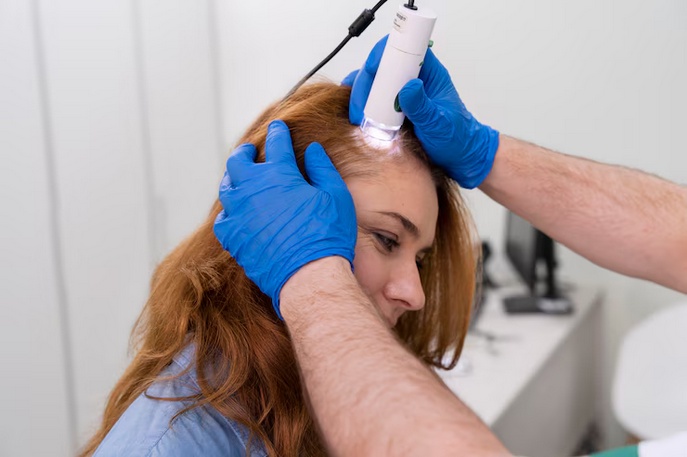Introduction
In recent years, the field of hair restoration has witnessed a significant surge in the number of women seeking hair transplants. While hair loss has long been associated with men, women are now breaking the silence and seeking effective solutions to address their own hair thinning and balding issues. This article explores the rise of hair transplant for women, shedding light on the causes of female hair loss, the various techniques used in hair transplantation, the benefits and risks involved, and the growing societal acceptance of this transformative procedure.
Understanding Female Hair Loss
Hair loss in women can be a distressing experience, often impacting their self-esteem and overall well-being. Unlike male-pattern baldness, which is primarily attributed to genetics and hormonal factors, female hair loss can have a multitude of underlying causes. These causes may include hormonal imbalances, nutritional deficiencies, stress, certain medical conditions, and even certain hairstyles that exert excessive tension on the hair follicles.
Hair Transplantation Techniques
Hair transplantation techniques have evolved significantly over the years, offering women more effective and natural-looking solutions. The two primary methods used in hair transplantation are follicular unit transplantation (FUT) and follicular unit extraction (FUE).
-
Follicular Unit Transplantation (FUT):
FUT involves the removal of a strip of skin from the donor area, typically the back of the scalp, which is then divided into individual grafts. These grafts are meticulously transplanted into the recipient area, where hair loss has occurred. This technique allows for the transplantation of a larger number of grafts in a single session, making it suitable for women with extensive hair loss. -
Follicular Unit Extraction (FUE):
FUE is a more advanced and minimally invasive technique. Individual hair follicles are extracted directly from the donor area using a specialized punch tool. These follicles are then transplanted into the balding or thinning areas of the scalp. FUE offers several advantages, including faster healing, minimal scarring, and the ability to harvest grafts from various parts of the body, such as the nape of the neck or the chest. This technique is particularly suitable for women who prefer to wear their hair short or want to avoid a linear scar.
Benefits and Risks
Hair transplants offer numerous benefits to women experiencing hair loss. Firstly, they provide a permanent solution to hair thinning and baldness, restoring a natural and youthful appearance. Hair transplants also eliminate the need for wigs, hairpieces, or other temporary cover-ups that may be inconvenient or uncomfortable. Furthermore, the results of modern hair transplantation techniques are highly refined, with natural hair growth patterns and undetectable scarring.
However, as with any surgical procedure, hair transplants carry certain risks and considerations. The most common risks include infection, bleeding, scarring, and the possibility of an inadequate hair growth outcome. It is essential for women considering hair transplantation to consult with a qualified and experienced surgeon to assess their suitability for the procedure and to discuss potential risks and outcomes.
Societal Acceptance and Changing Perceptions
Historically, discussions around hair loss and hair transplantation have predominantly focused on men. However, societal perceptions are gradually shifting, and there is growing acceptance of women seeking hair restoration treatments. This change can be attributed to several factors, including increased awareness of female hair loss, advancements in transplantation techniques, and the growing emphasis on individual well-being and self-confidence.
Celebrities and public figures openly discussing their own experiences with hair loss and hair transplants have played a crucial role in normalizing the procedure for both men and women. Their honesty and willingness to share their stories have helped reduce stigma and empower women to seek effective solutions for their hair loss concerns.
Conclusion
The rise of hair transplants for women signifies a significant shift in the field of hair restoration. Women are reclaiming their crowning glory and taking control of their self-image by pursuing hair transplantation as a viable solution to hair loss. With advancements in techniques and increasing societal acceptance, more women are finding hope and renewed confidence through this transformative procedure. As the field continues to evolve, it is expected that hair transplants will become an even more accessible and popular option for women seeking to restore their hair's crowning glory.


No comments yet